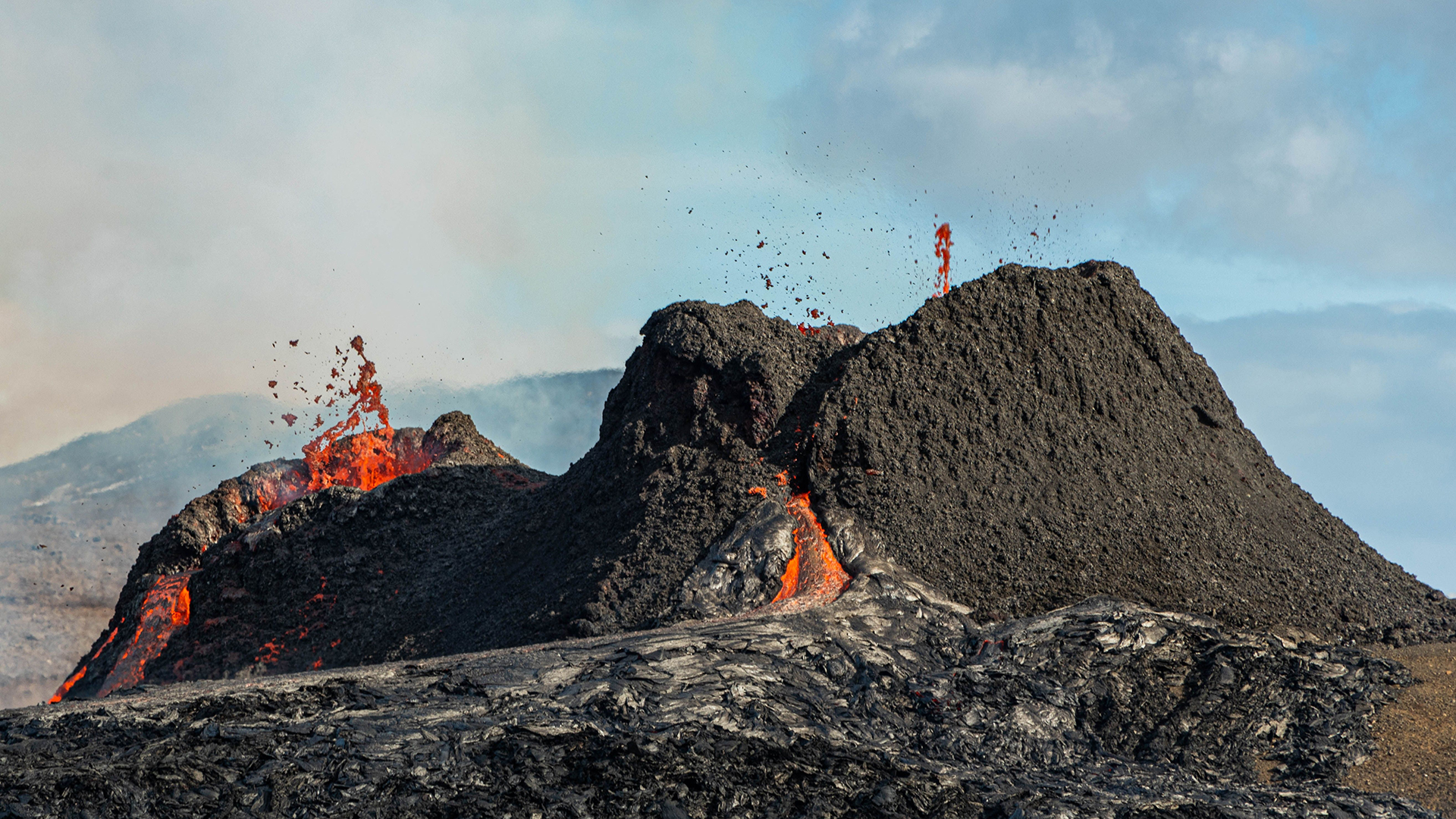A recent study published in Nature Geoscience sheds new light on the effectiveness of cloud engineering as a potential tool for climate cooling.
Led by researchers at the University of Birmingham, the study reveals that marine cloud brightening (MCB) primarily increases cloud cover, contributing significantly to its climate cooling effect.
Traditionally, models estimating the cooling effects of MCB have focused on aerosol injection’s ability to brighten clouds, thereby enhancing their sunlight reflection.
However, the new research suggests that the increase in cloud cover itself accounts for 60-90% of the cooling effect.
The research was a collaborative effort involving institutions such as the Met Office, Universities of Edinburgh, Reading, and Leeds, as well as international partners including ETH Zurich, University of Maryland, and NASA.
Cloud engineering as a climate intervention
Amidst growing concerns over global warming, MCB, also known as marine cloud engineering, has emerged as a promising strategy to mitigate its effects.
By spraying aerosols into the atmosphere, MCB aims to enhance cloud reflectivity, thereby offsetting rising temperatures.
Already, experimental applications of MCB are underway, notably in Australia to combat bleaching on the Great Barrier Reef.
Understanding cloud dynamics
Despite its potential, the mechanisms underlying MCB’s cooling effect remain poorly understood. Variability in cloud response to aerosols, compounded by meteorological conditions, presents challenges in accurately predicting its outcomes.
To delve deeper into the effects of cloud engineering, researchers orchestrated a ‘natural experiment’ utilising aerosols from the Kilauea volcano eruption in Hawaii.

Leveraging machine learning and satellite data, they developed predictors to discern the direct influence of volcanic aerosols on cloud behaviour.
Their findings revealed a substantial increase in cloud cover—up to 50%—during periods of volcanic activity, resulting in a regional cooling effect of up to -10 W m-2.
This metric, measured in watts per square meter, signifies a negative figure indicating cooling. For context, doubling CO2 typically yields a warming effect of approximately +3.7 W m-2 globally.
Lead author Dr Ying Chen of the University of Birmingham, commented: “Our findings show that marine cloud brightening could be more effective as a climate intervention than climate models have suggested previously.
“Of course, while it could be useful, MCB does not address the underlying causes of global warming from greenhouse gases produced by human activity.
“It should, therefore, be regarded as a ‘painkiller’, rather than a solution, and we must continue to improve fundamental understanding of aerosol’s impacts on clouds, further research on global impacts and risks of MCB, and search for ways to decarbonise human activities.”
Global impacts of cloud engineering
This study coincides with a surge in global interest in cloud engineering. Initiatives like the UK Research and Innovation’s £10.5m research programme aim to inform policymakers on the management of solar radiation techniques like MCB.
Similarly, the Advanced Research and Invention Agency (ARIA) is dedicated to researching climate and weather management technologies.
In the US, researchers from the University of Washington recently conducted their inaugural outdoor aerosol experiment aboard a decommissioned aircraft carrier in California, signalling a proactive approach towards climate intervention.
As the world grapples with the urgent need for climate solutions, the study highlights the exciting potential of innovative cloud engineering for planetary cooling.









